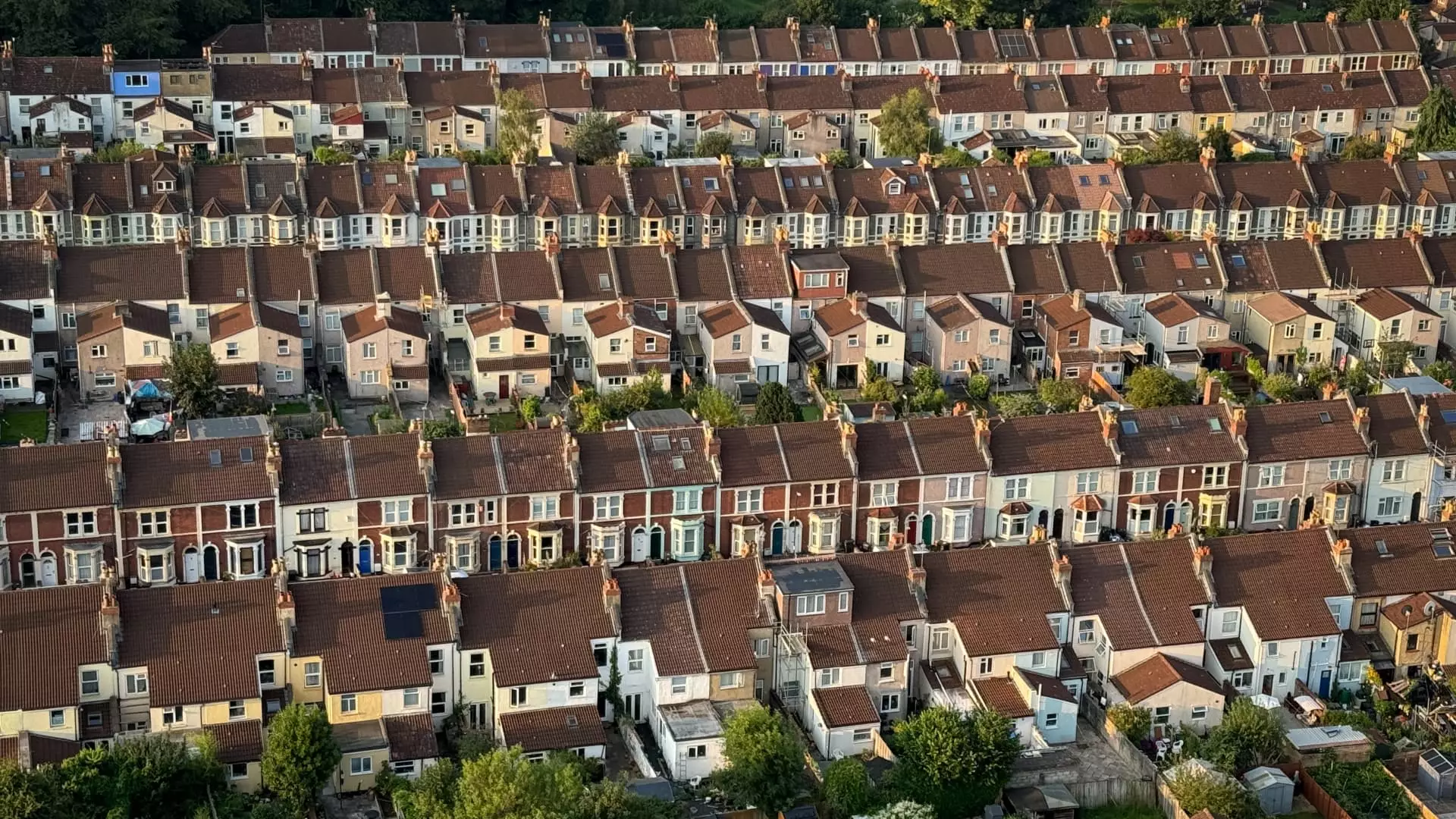In recent times, homeowners across the United Kingdom have been grappling with the consequences of rapidly increasing mortgage rates. The shift was hastened by a notable rise in UK borrowing costs, chiefly driven by external economic pressures. With major lenders like Virgin Money recently adjusting their two- and five-year fixed-rate mortgages upward by 0.2%, the financial landscape has taken a daunting turn for many.
David Hollingworth from L&C Mortgages emphasizes that market optimism regarding interest rate reductions has waned, leading to a recalibration of fixed mortgage rates. Predictably, this shift has prompted a wave of anxiety among prospective and current homeowners alike, particularly those whose fixed deals are about to mature.
The underlying cause for this surge in borrowing costs can largely be traced to prevailing fears concerning the UK’s economic future. These concerns have instigated a sell-off in gilt securities, a critical barometer for interest rates. As of recent reports, the yield on the UK’s 10-year gilt has surged to around 4.88%, a level not witnessed since 2008. This uptick not only reflects the markets’ pessimism but also indicates an anticipated stagnation in the much-needed relief from high interest rates.
Interestingly, current predictions by analysts suggest a 62% likelihood of a rate cut at the next Bank of England meeting in March. However, this short-term optimism about potential rate reductions does not overshadow the long-term uncertainties that loom, making it challenging for borrowers to formulate plans based on fluctuating rates.
As mortgage rates continue to rise, the ramifications for borrowers could be severe. A significant number of homeowners who secured their mortgage rates during a period of historically low levels are now on the verge of terminating those beneficial terms. Therefore, a critical recommendation from experts is for borrowers to act swiftly in securing new mortgage rates before the situation deteriorates further.
Not only does the hike in mortgage rates impose additional financial burdens on homeowners, but the ripple effects could also influence the entire housing market. For example, as prospective buyers become more cautious due to rising costs, the demand for properties may diminish, consequently impacting overall home values.
In the midst of these challenges, some analysts remain cautiously optimistic about a potential resurgence in property transactions. Prior to tax increases such as the expected rise in Stamp Duty Land Tax, many buyers may be inclined to hasten their purchases. Matt Smith of Rightmove posits that while higher rates impose added pressures, they align with the traditional peak period for housing market activities.
This means that, at least in the short term, lenders may still be motivated to offer attractive borrowing costs to attract new clients amidst elevated demand levels. However, this scenario is contingent upon a delicate balance as other economic factors come into play.
As predictions for housing price growth are reevaluated in light of continued high borrowing costs, analysts at Zoopla have begun to adjust their forecasts. The previous expectation of a steady 2.5% growth in house prices for 2025 now appears tenuous if mortgage rates stabilize above 5%. The data indicates that average fixed-rate mortgages have increased significantly within just a year, highlighting the shifting financial environment.
With the average homeowner potentially facing a return to flat prices or even modest declines, this climate will influence both sellers and buyers in the market. Recent statistics indicate that sellers in England and Wales experienced their lowest returns in over a decade, underscoring the strains added by both rising interest rates and the cooling market atmosphere.
The current situation facing UK homeowners is complex and fraught with challenges. An increase in mortgage rates, combined with an unclear economic outlook, presents a formidable obstacle for many. Homeowners are urged to adapt quickly to the evolving landscape, while industry observers continue to monitor the situation closely for any indicators of stabilization or further turmoil in the housing market. As the race against time unfolds, the precarious balance between interest rates and housing demands will define the coming months for borrowers across the UK.

